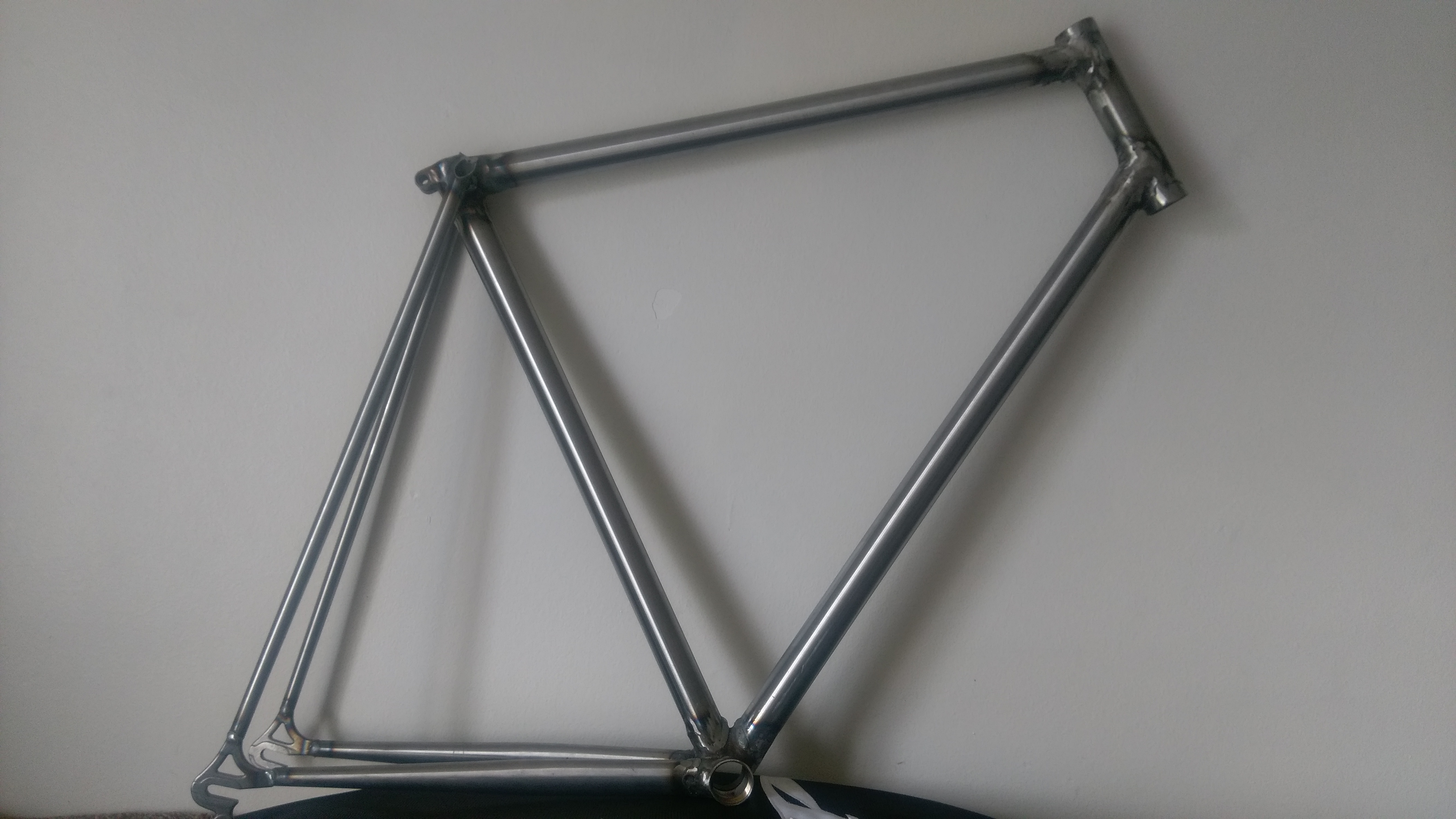
I have completed my first custom bicycle frame. It’s a task I’ve been itching to do for year and this class and project was the perfect opportunity to pursue the experience with the support I needed. There were successes and lots of failures, but I have an end product, one that I intend to use. I’m ecstatic to have a product I will be able to use every day, and be remind of the work I put in, and appreciate the subtleties to the intent that I had. Something that I’ve come to appreciate in the other bikes that I’ve ridden are things like ride quality and function. Now I get to appreciate my own work (and possibly curse it at times). I’m most excited in this being my project and getting to combine the different aspects I love in many of the bikes I’ve ridden into one bike. Where one bike had the geometry I wanted, it lacked the dropouts I love. This is a product that I have made to suit my own taste. That said, I think there’s an appeal more than suiting my own taste and the function. This project being for Aesthetics in Design, there is hopefully appeal to a wider audience. I hope that my intent to create a functional bike that mixes classic characteristics with modern geometry and function is realized.
Planning for the project began with deciding on how I wanted the bike to function. This came down to designing a geometry that would suit the ride characteristics that I desired. Given my long torso and relatively shorter legs, I wanted a frame that would reflect those measurements. Typically frames at this size grow up rather than in length. I wanted a frame that would fit me, but still ride faster. This meant long and low to stretch out my torso and upper body while keeping my whole body low. Geometry was otherwise designed to reflect my old race bike (a 2010 CAAD10) that was quick and responsive, again reflecting the characteristics I desired. It was a mashup of a couple different designs but their synthesis was completely custom for me.

Given the measurements I wanted, I then needed to find the materials to meet these requirements. Steel tubing is still readily available in the bike industry with the growing popularity of custom made frames. People like me also wanted something completely unique to them. I found a vendor for tubesets and selected the tubeset that I wanted. I wanted it to be traditional as it’s to be a steel bike, and that retro classical aesthetic appealed to me, but I wanted modern function. So I picked a top tube and downtube with traditional 27.2mm diameter that was the standard for decades. Additionally I got squashed chainstays for their added stiffness and wonderful curves they added to the bike. To modernize I selected a 1 1/8″ headtube to be compatible with modern threadless headsets and a 1 1/8″ downtube again for increased stiffness (Still not sure why it’s an industry norm to use both imperial and SI units).
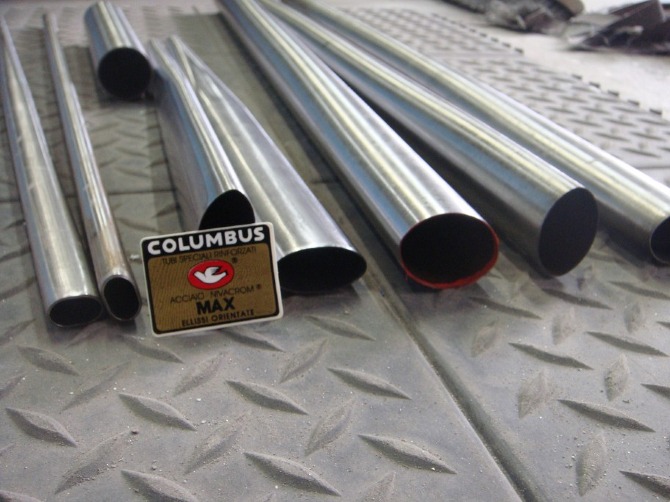
These tubes were going to be brought together with cast lugs which are the joints to the tubes. I had considered going lugless, but this being my first project I thought I’d be conservative and avoid major stress risers. These lugs refelected the frame angles I wanted and I was set with my quick race geometry. Finally I added old-school campagnolo horizonal drop outs in anticipation of adjusting effective wheel trail.
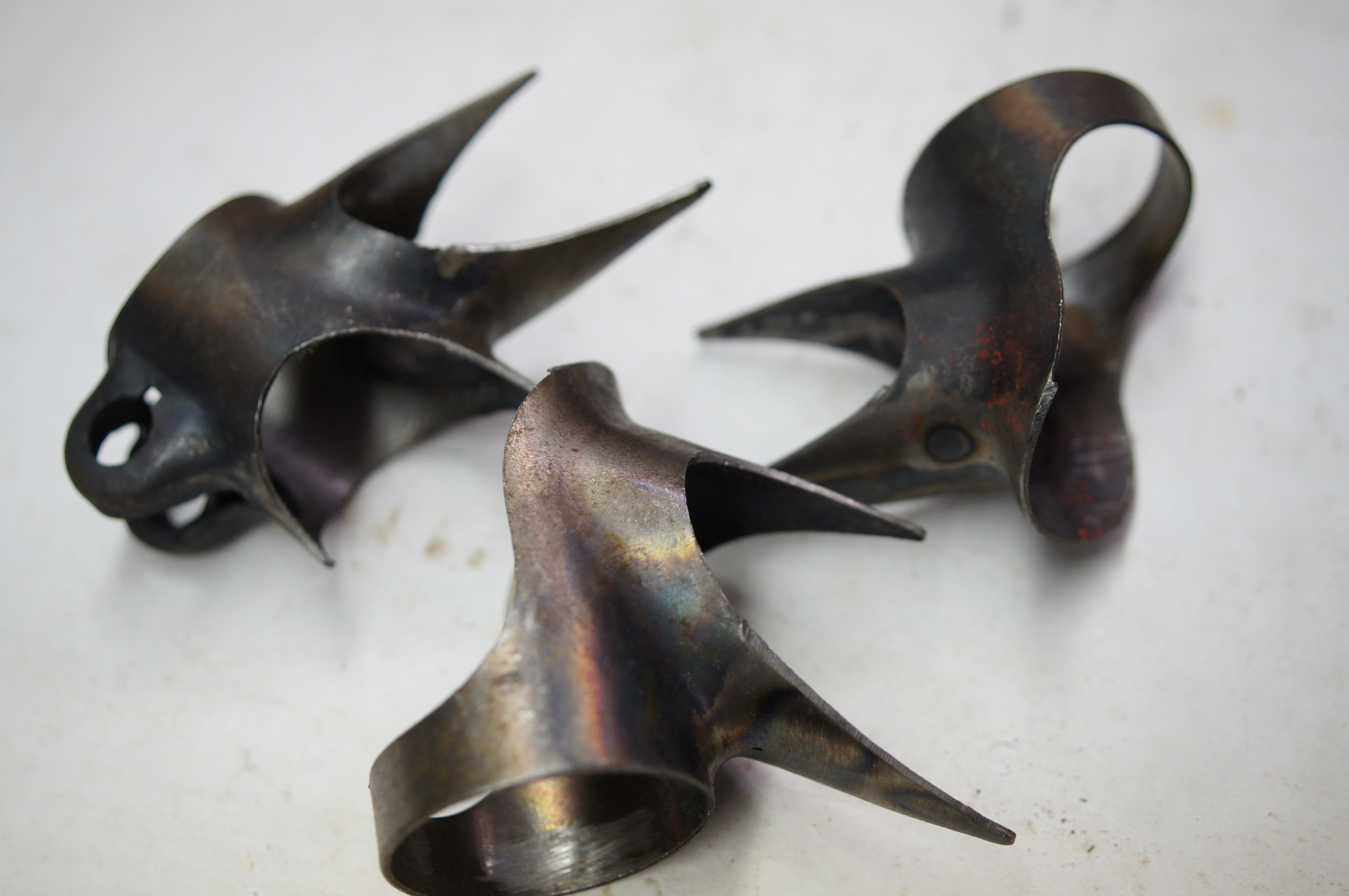
With my material selected and acquired (this was delayed much longer than I had anticipated) I needed to prep it all and begin joining the tubes. As I posted in the blog and gave updates on, I had originally intended to braze the tubes together but had trouble finding the proper braze materials to be within the scope of this project. I either needed an oxy acetylene torch which I couldn’t find access to or silver braze wire which I couldn’t afford. I considered brazing with brass and propane, but the propane couldn’t get the brass and steel lugs hot enough for proper capillary action. I made the hard decision despite ruining some of the aesthetic to weld everything together rather than braze it, for the sake of safety and function. I’d rather have a functional bike than a pretty one. and I was convinced I could clean up the welds enough.
The last step in making everything custom was to set the length of the tubes to my determined geometry. Based on drawings, I cut the tubes to their necessary length accounting for the additional length of the lugs, then notched them with a circle grinder to fit with each other inside the lugs. The lugs made this process very forgiving as they hid any sloppy cuts I had, and held everything in place. It was then time to begin welding.
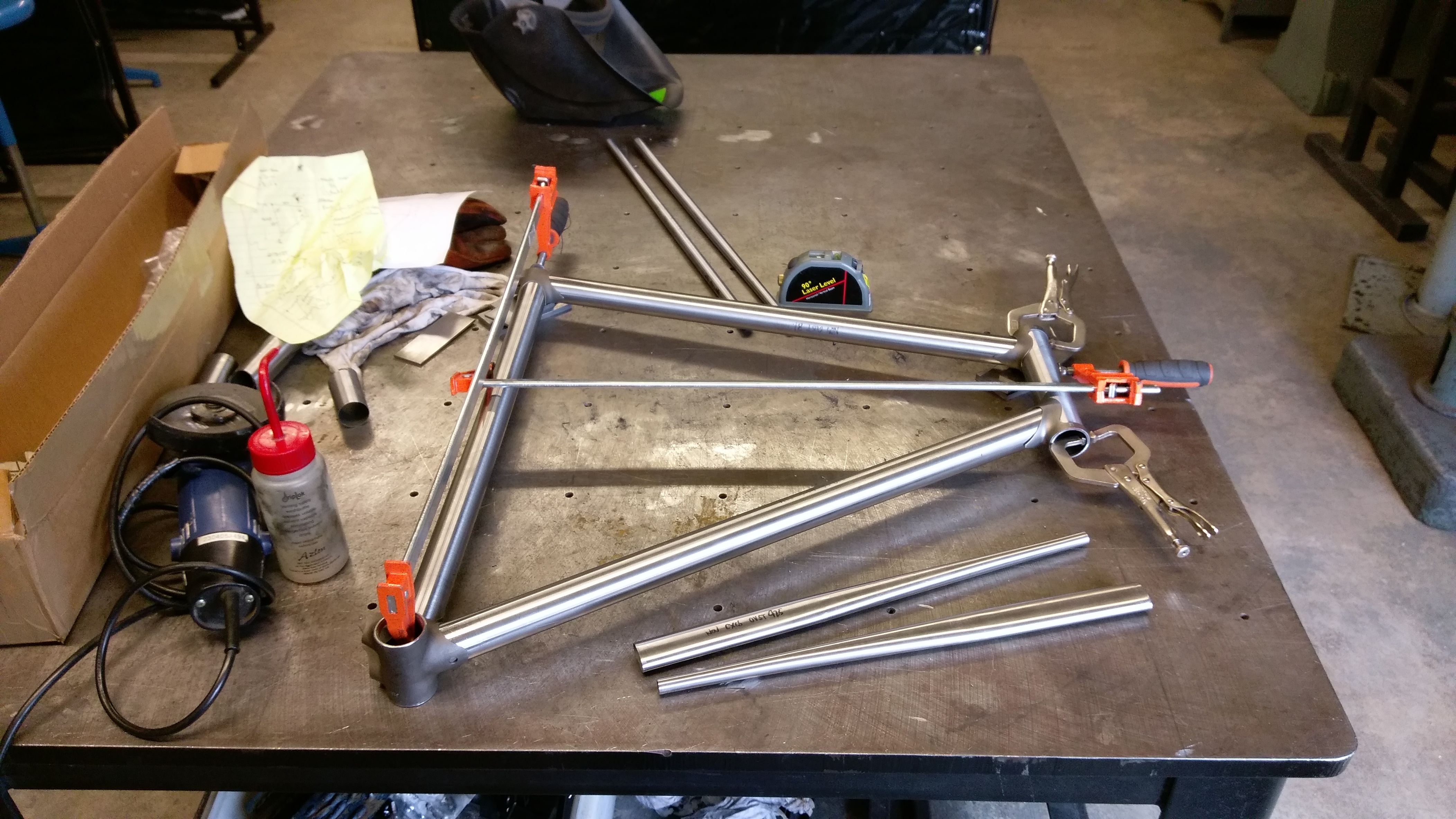
I used the measurements and a very heavy table to keep everything locked down. I knew that the tubes would want to move as heat was added so I kept everything very confined to minimize pulling on the insides of joints. Above you can see the clamping and assistance the lugs gave me orienting things. With everything strapped down, I began by tacking all joints to again limit movement during full welds. At this stage I was impressed with how solid the frame felt with just tack welds. The front triangle was welded first, then I added the chainstays, dropouts, and finally seat stays.
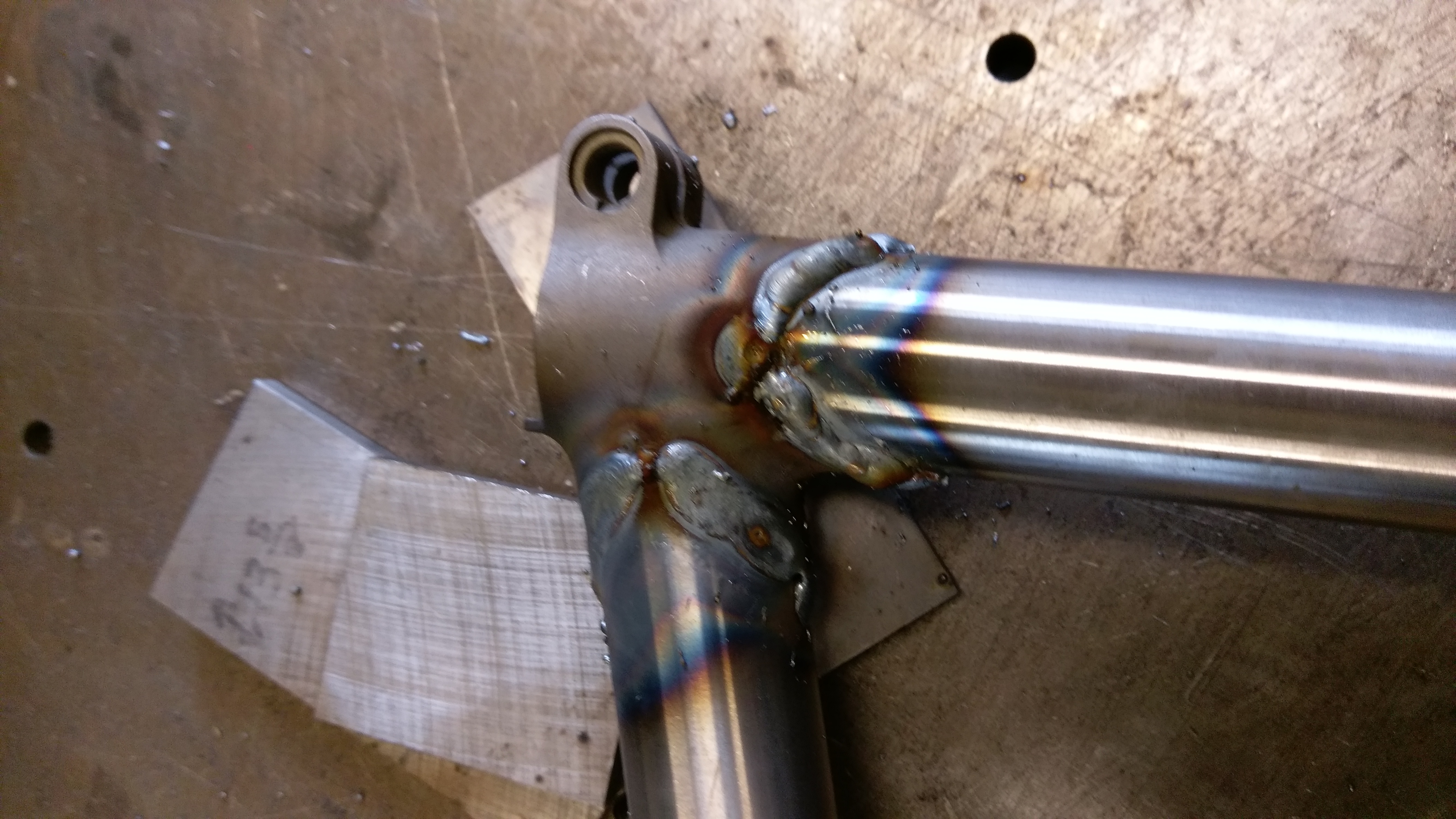
It’s clear some of the welds were neater than others, and at times I really struggled to weld such thin metal. I was happy I hadn’t bought the more expensive lighter tubesets as their tube walls would have been even thinner. I burnt through the tubes in a few small places and was careful to patch the holes with weldment but overall the welds were effective albeit not pretty.
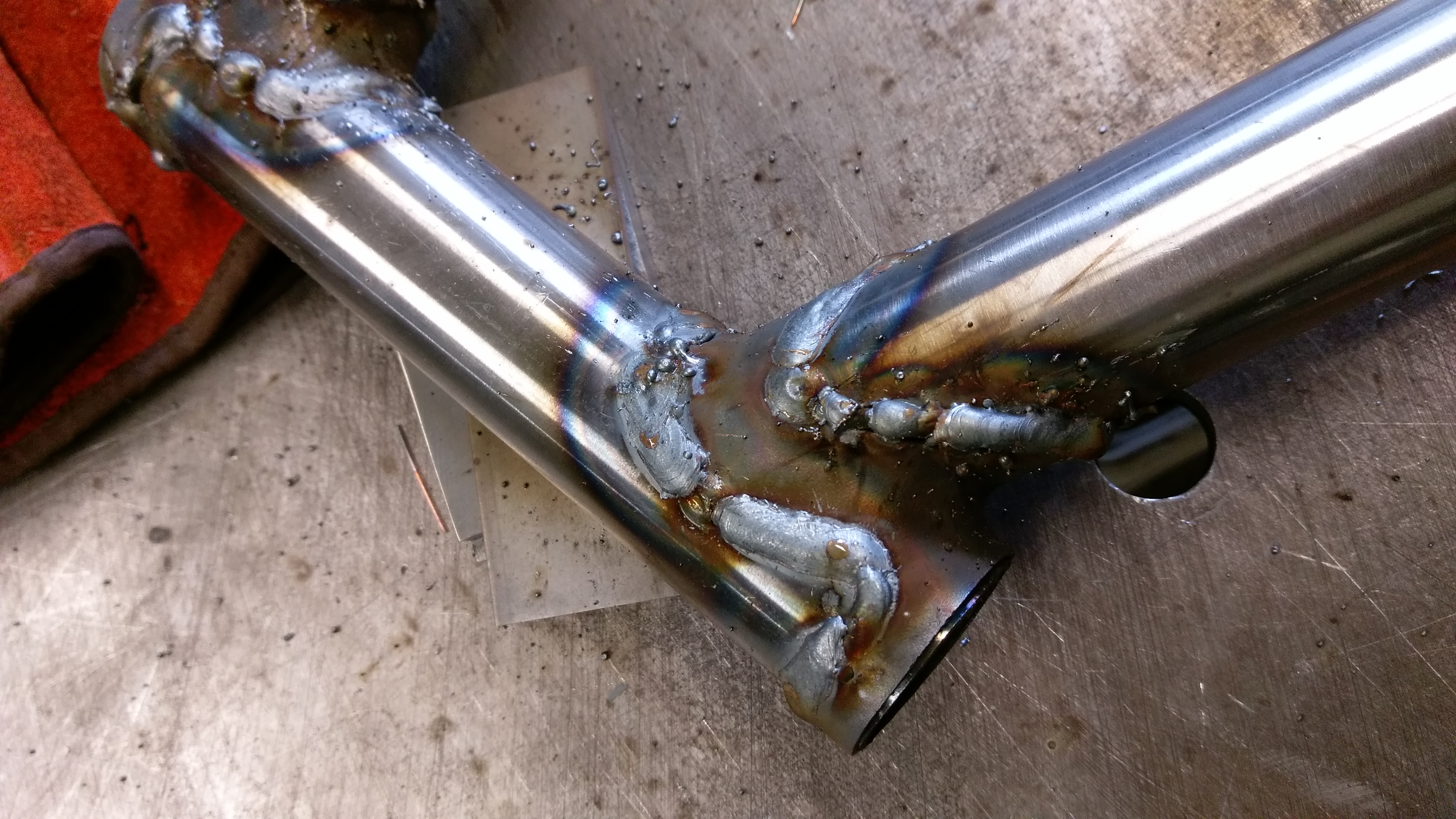
I then took to finishing the weld to make the frame a little more aesthetically pleasing. This meant lots of polishing and grinding. Normally when I grind, I don’t have to be so delicate but given how thin the tube walls were, I had to be extremely careful to file away just the welds and not any part of the tube.
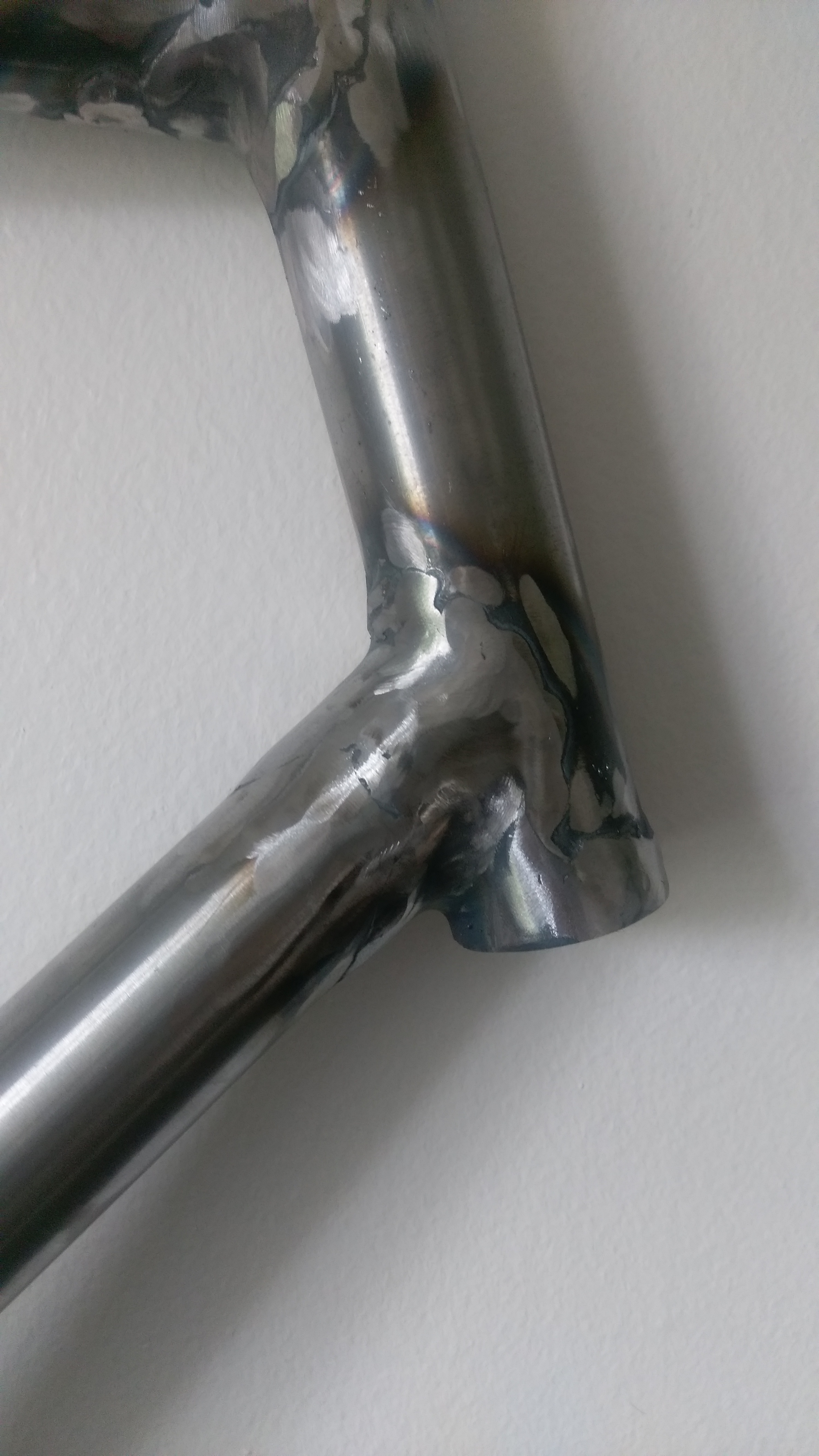
You can see that even with some finishing, there lugs and joints aren’t as clean as a commercially available frame. But it has a surprise appeal to me, kind of looks like flames, and I’m confident the welds will hold. I’m less concerned with the aesthetic as I can paint over everything and continue to polish the joints.
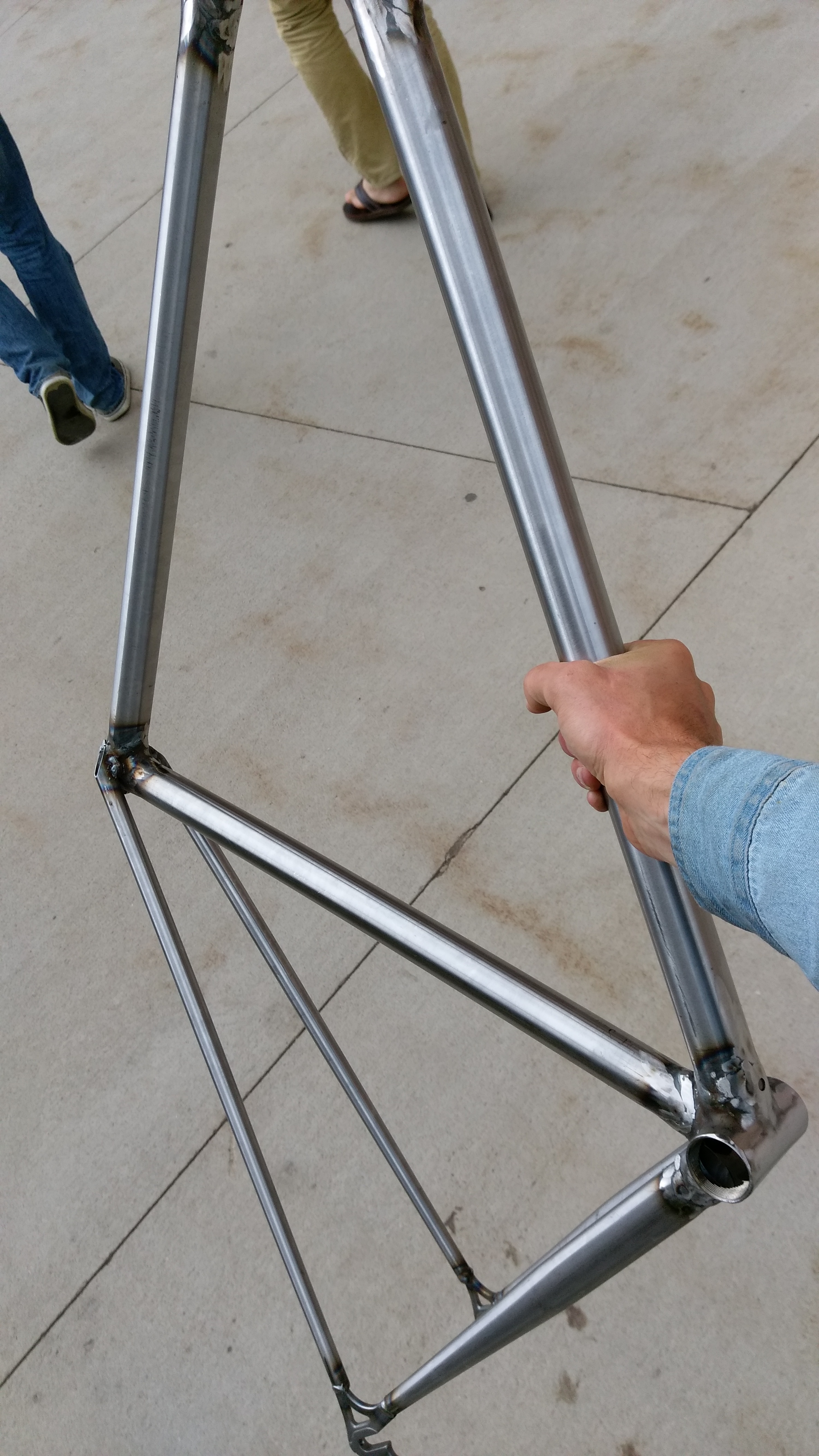

1 Comment. Leave new
These photos are so cool. I know I just commented on your previous post, but just wanted to say again how impressed I am with this. I like the heat scorched look too… the brushed/sanded steel is a cool aesthetic in itself!